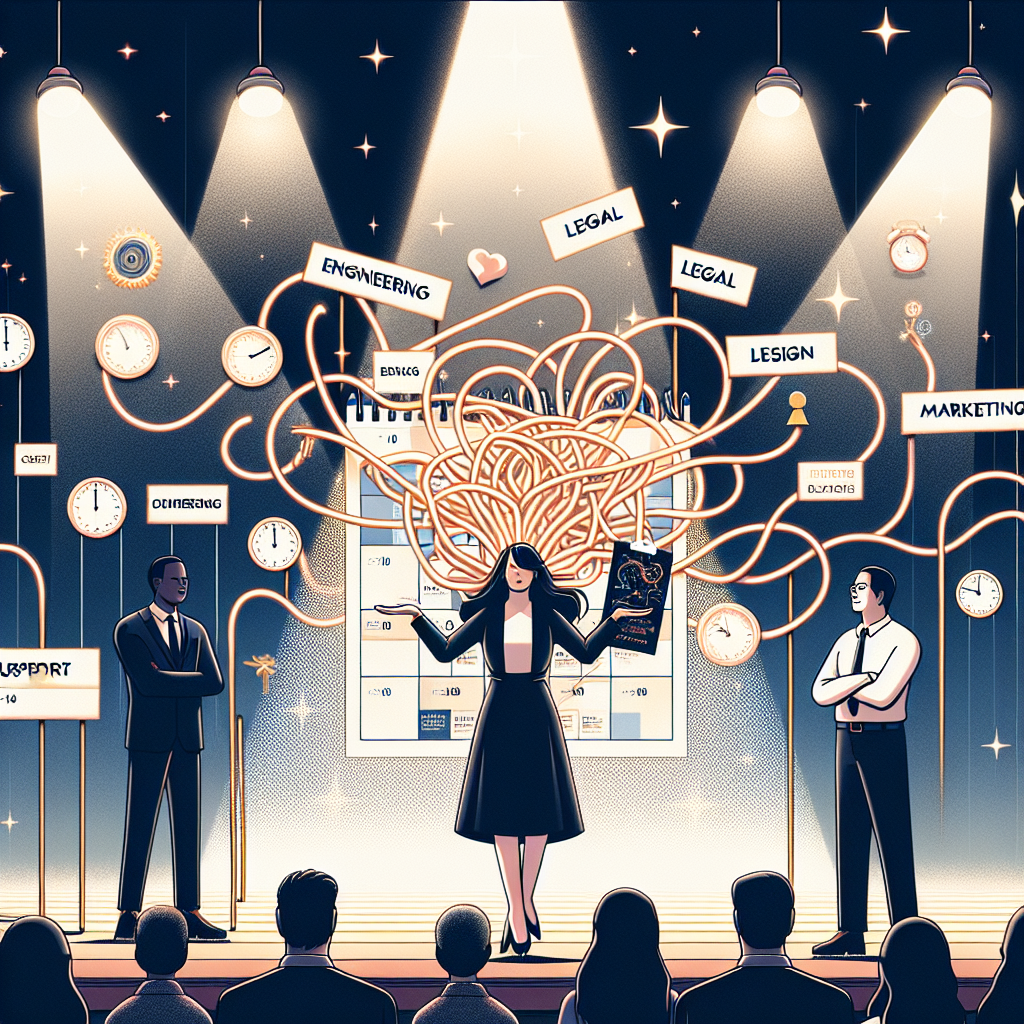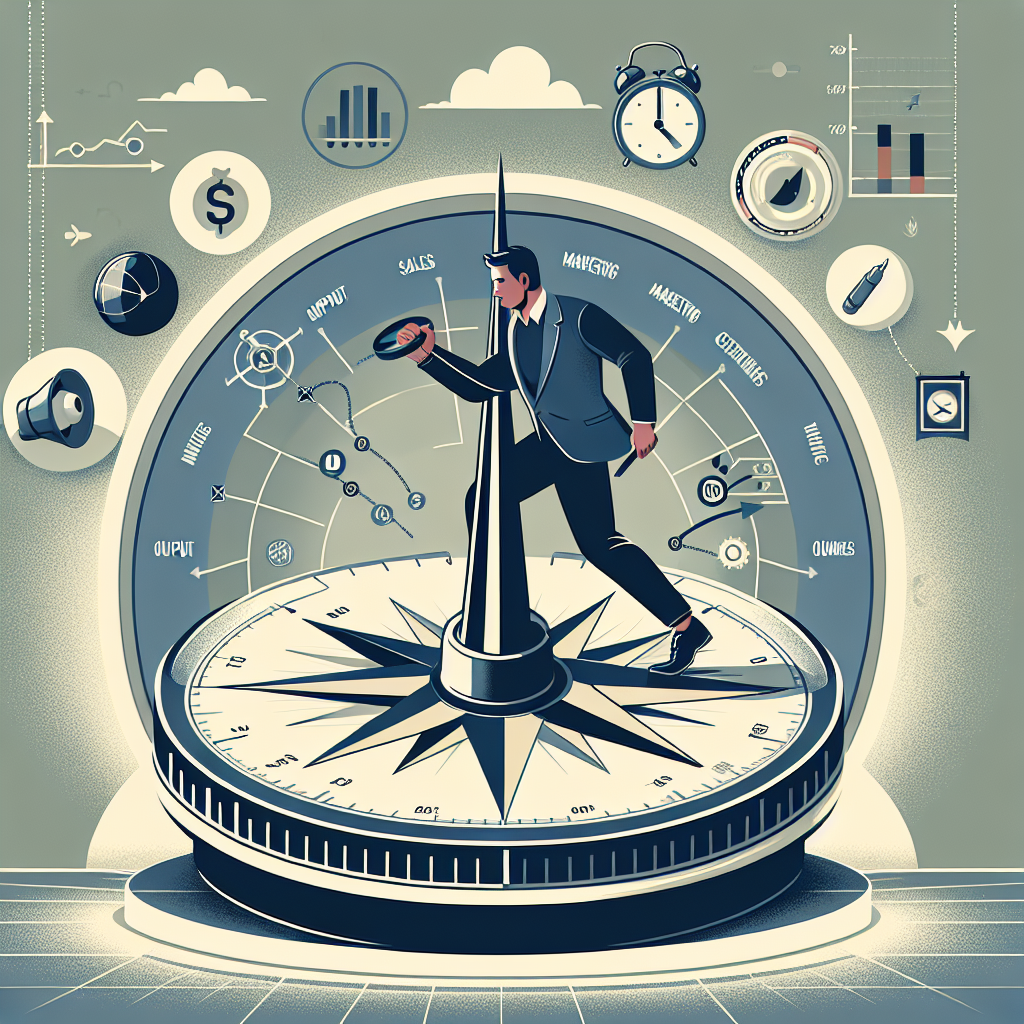
Navigating the Product Life Cycle: From Concept to Sunsetting
The Incredibly Busy Realm of Product
The world of product can feel overwhelming. Stakeholders, executives, and teams often operate in reactive environments where actions lead to near-immediate results. But product doesn’t work that way. You can invest months—or even years—before seeing the true impact.
That reality causes confusion, especially when millions of dollars and countless hours go into building something new. The concept of product life cycles is critical to help everyone align expectations, keep morale high, and stay focused on the next stage of growth.
Understanding Each Product Life Cycle Stage
Every product or feature undergoes a predictable journey: from initial concept to ideation, launch, eventual maturity, and sometimes sunsetting. Yet many teams fail to clearly explain these phases to the broader organization.
Sales and marketing often think in short sprints, reacting to instant feedback. But product development requires a slow burn. What follows is a detailed look at each stage—and how to master it.
1. Concept: The Grand Vision
This is where the great brainstorms happen. People gather in boardrooms or virtual meetings, enthusiastically discussing how this big idea will be the next big thing. Everyone seems to forget past complexities, certain that this time the path to success is straightforward.
We highlight ambitious revenue projections, talk about capturing the market, and often skip over the gritty details. In reality, this stage should carry a healthy dose of uncertainty. Teams should explore pilot studies, consider technical limitations, and invite diverse perspectives—from sales, marketing, engineering, and finance—early in the process.
Ways to strengthen the Concept stage:
- Pressure-test assumptions with small-scale experiments.
- Invite cross-functional input before falling in love with the idea.
- Create a “pre-mortem” exercise: what could sink this project before it starts?
- Map the real business impact beyond revenue—like cost savings, retention, or time-to-market advantages.
2. Ideation: Shaping the Dream into Reality
In this phase, teams start breaking a massive idea into dozens of user stories and epics. Product folks love this stage because it’s hands-on: design, engineering conversations, requirements. The excitement is real—but so are the risks.
Often, enthusiasm masks just how complex the work will be. You see 50+ potential holes in the ship you’re about to push into the ocean. And a ship with too many holes sinks fast.
This is where teams must think beyond just code. Distribution, customer success, marketing readiness, and support need to be part of the conversation.
Key tactics for Ideation:
- Build scenarios to test risk: “What if adoption is slower than expected?”
- Define a distribution plan alongside product design.
- Align customer success and support early—don’t bolt it on later.
- Validate assumptions with customers before committing engineering resources.
3. Launch: Facing the Punch
Mike Tyson famously said, “Everyone has a plan until they get punched in the face.” That’s launch in a nutshell. After months of buildup, you finally take your product to market—and reality hits.
Bugs show up. Users don’t engage the way you hoped. Competitors respond in ways you didn’t anticipate. Suddenly, the team shifts from strategic planning to firefighting mode.
Staying strong during Launch:
- Set realistic expectations: the hockey stick rarely comes right away.
- Over-communicate progress and fixes with executives and stakeholders.
- Track leading indicators (engagement, onboarding, retention) before expecting lagging financial results.
- Have a dedicated “stabilization plan” for the first 90 days post-launch.
4. Maturity: Driving Steady Gains
Once a product has weathered launch turbulence, it enters maturity. You have baseline metrics—engagement, conversions, NPS—and can refine based on data.
This is the stage where consistency pays off. Incremental optimizations, pricing adjustments, and customer-driven innovations can drive sustained growth. But maturity can also breed complacency if you stop innovating.
Consider these approaches in Maturity:
- Continuously monitor customer behavior and evolving needs.
- Explore adjacent markets or new pricing models to unlock growth.
- Double down on integrations and partnerships to extend product stickiness.
- Watch competitors closely—small changes in their offering can erode your share fast.
5. Sunsetting: Accepting When It’s Time to Move On
Eventually, every product or feature reaches a point where maintaining it no longer makes sense. Maybe technology has shifted, customer needs have evolved, or resources are better spent elsewhere.
Sunsetting is often emotional—teams have invested years of effort. But done well, it’s not defeat. It’s freeing up your organization to focus on higher-impact bets.
Guidelines for Sunsetting:
- Communicate clearly with customers—be transparent about timelines and alternatives.
- Provide migration support or incentives to transition to newer offerings.
- Document lessons learned: what worked, what didn’t, and why.
- Celebrate the wins the product delivered along the way.
Bridging the Gaps Between Teams
Misalignment across product, sales, marketing, and executives is inevitable if life cycles aren’t understood.
Sales wonders why a promised product hasn’t landed. Marketing is frustrated by missing features. Execs are asking why adoption numbers aren’t climbing. These are solvable alignment issues—if everyone is clear on which stage the product is in.
Ways to foster alignment:
- Use shared language across teams—avoid jargon like “epics” with non-product leaders.
- Provide lifecycle updates in executive reviews alongside financial reporting.
- Connect projects to business goals in plain language (revenue growth, retention, cost savings).
- Celebrate stage completions—“we’ve successfully launched” is as valuable as “we grew 20%.”
Avoiding Common Pitfalls
Each stage has its traps:
- Concept: Over-promising based on hypotheticals.
- Ideation: Analysis paralysis—stuck refining, not building.
- Launch: Unrealistic expectations that demoralize teams.
- Maturity: Complacency that blinds you to disruption.
- Sunsetting: Waiting too long, wasting resources.
Practical steps to dodge pitfalls:
- Run small tests early instead of betting everything at once.
- Align expectations with executives before each stage begins.
- Track leading and lagging indicators—don’t rely on gut feel.
- Encourage a culture of iteration, not perfection.
Keeping Stakeholders Engaged Over the Long Haul
Executives want quick returns. Product leaders know true success often takes years. The tension is real.
The answer? Share interim victories. Build confidence by showing measurable progress—whether that’s improved funnel conversion, a new feature gaining adoption, or customer champions stepping forward.
Align on timelines by:
- Setting stage-specific milestones (“launch complete” is success too).
- Using dashboards that show both leading (engagement, activation) and lagging (revenue, profit) indicators.
- Telling the story of progress in plain business terms, not technical jargon.
- Reminding everyone that product growth is a marathon, not a sprint.
Beyond the Current Product: Continuous Improvement
One of the greatest values of acknowledging each life cycle stage is the visibility it provides for continuous improvement. Whether you led a successful product to maturity or had to sunset it early, each experience teaches you something. Carry those lessons into your next concept. At the end of each cycle—concept, ideation, launch, maturity, and sunsetting—hold a quick retrospective to capture the biggest wins and toughest lessons. It is also an excellent chance to review if you have the right AI-based tools that align teams on outcomes. For more ideas, consider exploring Iteright to see how a comprehensive AI Product Operating System can support each stage.
Where Does Your Business Stand?
Reflect on your current products or features. Are you able to point to exactly which stage each one is in? Can you and your stakeholders articulate the key success metrics for that stage? A well-informed organization recognizes that concept and ideation require exploration, launch brings challenges, maturity focuses on incremental gains, and sunsetting frees resources for future growth. This mindset fosters unity and encourages teams to celebrate progress—even when results aren’t immediate.
A Quick Reference
How do you handle these stages with your business? Are you nurturing transparency and realistic timelines? Or are you stuck in reactive short-term thinking? Above all, remember that if everyone understands the product life cycle stages, they can collectively celebrate the progress made - even if the final objective is still on the horizon.
Iteright is your personalized AI Product Operating System that helps you achieve strategic alignment and drive business outcomes.


.png)




